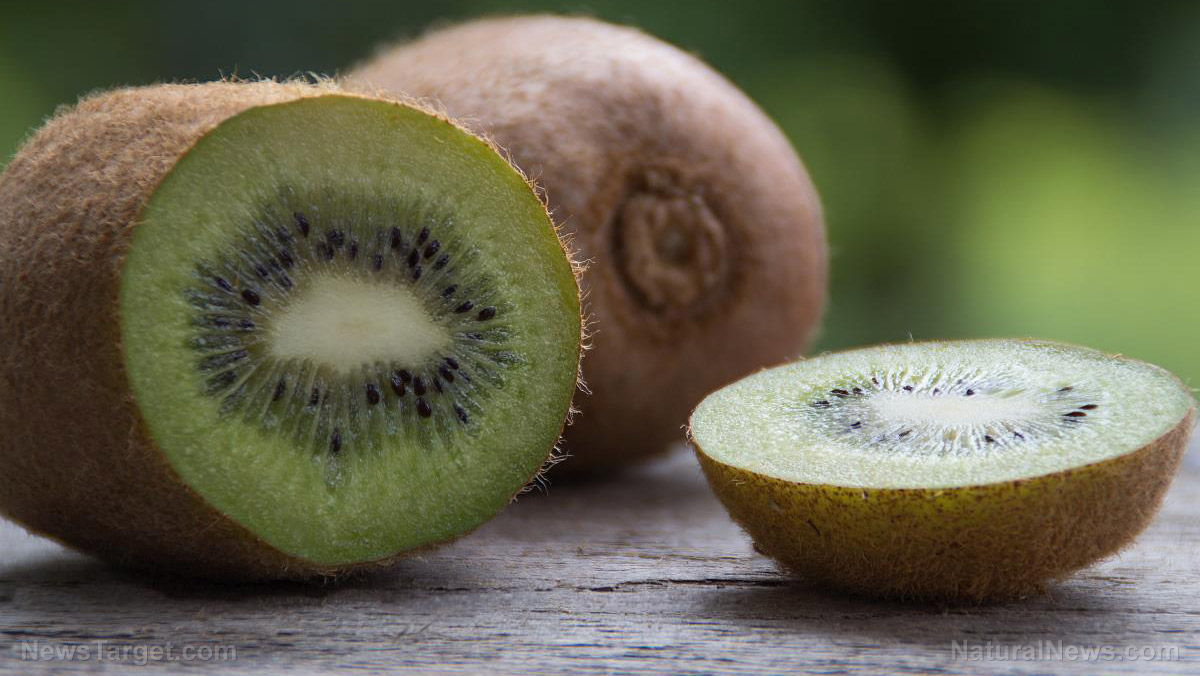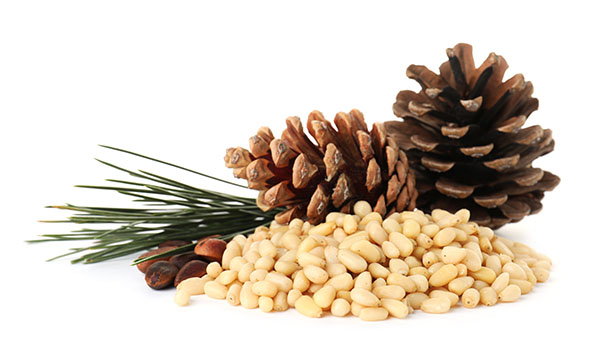
This tropical evergreen tree is native to Africa, but it can now be found in places like Mexico, Australia, and South Asia. Pod-like fruits grow from these tall trees and, as they mature, they go from green and sour to brown and juicy with a sweet-and-sour pulp. It’s used in Indian cooking and also popular as a folk remedy.
The flavor of the fruit might not be to everyone’s liking, but its benefits can make it far more appealing. A study that was published in the European Journal of Clinical Nutrition showed that it can remove risky fluoride deposits from your bones. In the study, researchers discovered that healthy boys who consumed a third of an ounce of the fruit for just 18 days noted significant enhancements in their urinary excretion of fluoride. In another study, boys who were given tamarind to eat for just three weeks noted additional fluoride excretion compared to a control group.
That is good news for anyone who is concerned about the effects of fluoride, which are numerous and downright disturbing. It has been linked to everything from several types of cancer and reduced IQ to infertility, low thyroid function, and a debilitating bone disease.
However, tamarind also provides another incredibly useful benefit: It can prevent and alleviate chronic diseases. Tamarind seed extract has been shown to target and kill inflammatory chemicals like interleukin, reducing joint pain, swelling and inflammation. This makes it quite useful or those who suffer from osteoarthritis.
In addition, its rich vitamin C content means it can boost immunity and help detoxify. It’s a good source of potassium, supporting healthy blood pressure, and it also helps prevent heart disease by removing excess LDL cholesterol from the veins and arteries in the body. It also promotes circulation and normalizes the levels of triglycerides in the blood. In addition, it boasts a significant iron content, helping to ward off anemia.
It can even be useful in the fight against obesity. Consuming it raises levels of the neurotransmitter serotonin, which controls weight as well as appetite. At the same time, its high fiber content helps curb out-of-control appetites and promotes digestion.
How can you get the benefits of tamarind?
If you have access to fresh tamarind, you can simply eat the fruit as it is. Be sure to seek the organic varieties. It can also be bought in slices, blocks, concentrate, or paste. In addition, you can buy the dried seed pods, which should be cracked open and boiled. If you go this route, the inner pulp should be dark brown, and the fruit should not smell bitter.
It’s important to note, however, that tamarind can thin your blood, so be careful if you take aspirin or other blood-thinning medications.
According to the Fluoride Action Network, many children now exceed the recommended daily fluoride intake just by using toothpaste. More than 50 studies have linked fluoride to lower IQ in children. If you are worried about fluoride exposure for you and your loved ones, tamarind could prove to be an essential part of your diet.
Sources for this article include:
Please contact us for more information.























